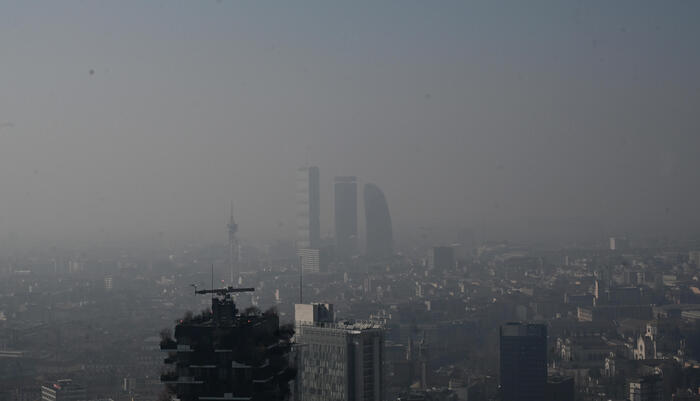The concentration of pollution is greater than in the past in the suburbs compared to the center
and this is also leading to a considerable increase in deaths among residents
, given that the neighborhoods adjacent to the central ones are on average also the most populated, especially among the over 65s. Death rates in peripheral areas have doubled in particular, with Milan being an exemplary case of large Italian urban centers where on average they are up to 60% higher in neighborhoods far from the center with less greenery, high density of traffic and inhabitants over 65. This new trend is determined by the mix of smog and more unfavorable socio-economic conditions, which induce worse lifestyles such as smoking, obesity and less physical activity with a multiplier effect on mortality, compared to the more central areas of cities.
This is the warning launched by around 200 scientists from all over the world, gathered in Milan for the 'RespiraMi: Recent Advances on Air Pollution and Health 2024' conference, co-organised by the Menarini Foundation in collaboration with the Irccs Ca' Granda Ospedale Maggiore Policlinico Foundation, and Imperial College London.
And experts study the London model.
The British capital has decided to extend the ban on the circulation of the most polluting vehicles to the entire metropolitan area (sparking quite a bit of controversy).
The alert comes a few days after the launch of the new European directive on air quality and in light of the data from a survey conducted by the Milan Health Protection Agency (Ats-Mi) recently published in the journal Epidemiologia&Prevenzione, the of the Italian Association of Epidemiology.
Research shows that in the suburban neighborhoods where the ring roads pass, with less greenery and more densely populated areas, with many citizens over 65, the rate of deaths attributable to nitrogen dioxide and fine particles can increase significantly compared to that recorded in the areas adjacent to the centre, less urbanized or richer in greenery and in central districts where traffic is usually subject to limitations.
With a population of almost 1.4 million inhabitants, the research recalls, Milan is the second metropolitan city in Italy, historically afflicted by the problem of smog both due to the numerous sources of emissions that it shares with the Po Valley (industrial, residential, from traffic and intensive farming) which, added to the stagnation of high pressure and the particular orographic conditions, do not favor the dispersion of atmospheric pollutants.
To evaluate the long-term health effects on the population, the Milan Health Protection Agency (Ats-Mi) conducted a study which estimated the average concentration levels of pollutants (No2, Pm10 and Pm2.5) for 2019 with an unprecedented spatial resolution of 25 square meters.
The data was then cross-referenced with health and demographic information.
"The results - declares Sergio Harari, co-president of the congress, of the Division of Respiratory Diseases and Division of Internal Medicine of the San Giuseppe MultiMedica IRCSS Hospital and of the University of Milan - allow us to define a real map of pollution and its effects, neighborhood by neighborhood and reveal, for the first time, that nitrogen dioxide and fine particles have death rates per 100,000 inhabitants that can reach up to 60% higher in some areas of the Milanese suburbs compared to the center city".
Among the various pollutants, the greatest impact in the Lombardy capital was "Pm2.5, responsible for 13% of deaths from natural causes (160 out of 100 thousand inhabitants) and 18% of deaths from lung cancer - explained Pier Mannuccio Mannucci, of the IRCCS Ca' Granda Ospedale Maggiore Policlinico Foundation - As regards The heaviest consequences are had in peripheral areas such as Mecenate, Lorenteggio and Bande Nere where the death rates exceed 200 per 100 thousand inhabitants, while in the center the rates they settle around 130".
What 'saves' the central areas, according to the research, are the limited traffic zones (ZTL) which play a very important role in reducing pollutants and deleterious effects on health.
Reproduction reserved © Copyright ANSA

